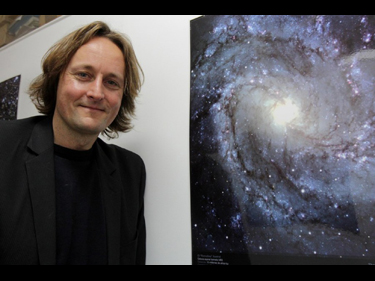
Agosto 20, 2013. Instituto de Fisica y Astronomía:
Dr. M. R. Schreiber, Investigator for the Centro de Astrofísica de Valparaiso, Chile: Nature shows a strong affinity for cosmic disk structures. Disks of dust and gas are the cradles of planets, the Milky Way basically is a disk of stars, and accretion disks power the engines of active galactic nuclei. About a decade ago, our understanding of accretion disks was challenged by another fundamental ingredient of astronomy—distance measurements. The distance to one of our main accretion disk laboratories, the binary star SS Cygni, was measured with the Hubble Space Telescope (HST) and turned out to be far too large to be in agreement with a crucial prediction of accretion disk theory. Discussions arose raising the issue that the standard accretion disk theories were perhaps wrong. On page 950 of this issue, Miller-Jones et al. (1) present the good news that they are not. Using radio observations, they show that the HST distance measure is wrong and that instead SS Cygni is exactly as far away as it should be according to our understanding of accretion disks. What a relief! Image: Dr. Matthias Schreiber beside the image of a galaxy, similar to the Milky Way. Associated link: Science Magazine





